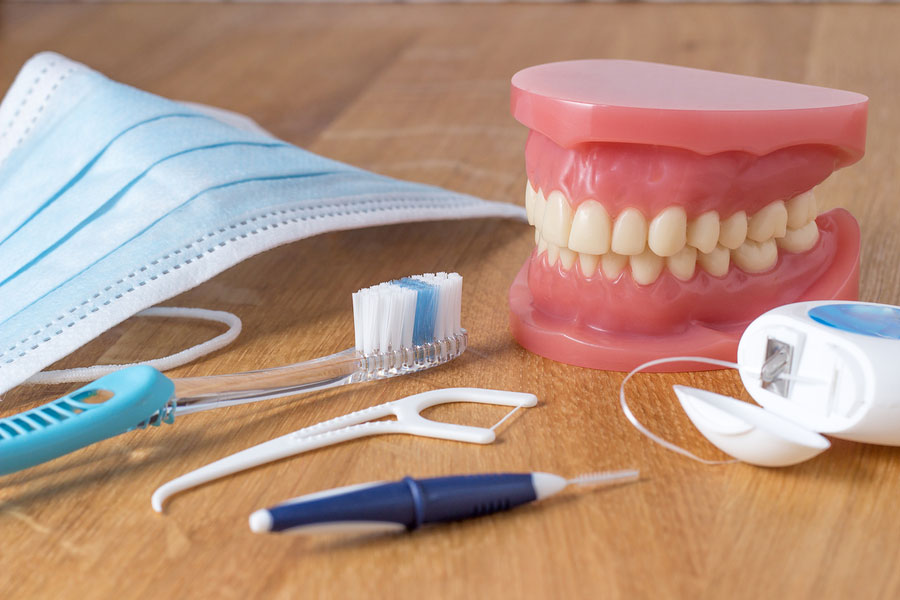 What is Alzheimer’s disease?
What is Alzheimer’s disease?
Alzheimer’s disease is a form of dementia; the most common type in the UK. It is mainly discovered in those over the age of 65, but 1 in every 20 cases affects people aged 40-65 – called early onset Alzheimer’s disease.
It is a progressive condition which results in the brain function gradually declining over many years, eventually becoming more severe. This will affect memory, thinking and a range of other brain functions. Symptoms as listed by the NHS website are:
- Confusion, disorientation and getting lost in familiar places
- Difficulty planning or making decisions
- Problems with speech and language
- Problems moving around without assistance or performing self-care tasks
- Personality changes, such as becoming aggressive, demanding and suspicious of others
- Hallucinations and delusions
- Low mood or anxiety.
Alzheimer’s disease is believed by scientific researchers to involve large and unusual build-ups of proteins in and around the brain cells. Areas of the brain begin to shrink over time, with the parts associated with memory usually affected first.
No exact cause has been found, but age, family history and a multitude of lifestyle factors have been linked to an increased risk of developing the disease. More recently, studies have shown that the bacteria associated with gum disease could be linked to the progression of Alzheimer’s.
The study
Porphyromonas gingivalis (P. gingivalis) is an anaerobic, gram-negative, rod-shaped, pathogenic bacterium which plays a major role in the development and advancement of periodontal disease. It is found mainly in patients with gingivitis and periodontal disease but is also found in 25% of healthy individuals with no signs of gum disease. The bacterium secretes what are known as ‘gingipains’, which are toxic proteases.
In a recent study, scientists analysed different bodily fluids from both dead and living patients who had been diagnosed with, or who were suspected of having, Alzheimer’s disease. This study found P. gingivalis to be present in the brains of people with Alzheimer’s disease. Due to this profound discovery, the scientists began to conduct further tests on mice. These tests showed that P. gingivalis could travel from the oral cavity up to the brain. The tests also found the following:
- Gingipains secreted by P. gingivalis were neurotoxic and could destroy brain neurons that were needed for normal functioning.
- P. gingivalis caused an increased production of amyloid beta, which is a component that causes plaques to form around the brain cells and is thought to be one of the proteins associated with the development of Alzheimer’s disease.
After these discoveries, scientists began to work on trying to reduce the neurotoxicity of gingipains and halt the degeneration process. They used small molecule inhibitors to specifically target the gingipains, which resulted in a reduction of the bacterial load of P. gingivalis, stopped amyloid beta production and reduced inflammation in the neurons. The study suggested that “gingipain inhibitors could be valuable for treating P. gingivalis brain colonisation and neurodegeneration in Alzheimer’s disease”.
This is a big step on the road to combatting a disease that affects ever-increasing numbers of people – it is set to affect over a million people by 2025. More evidence will be required to set this theory in stone, but even if the results of this study were to be proven incorrect, it brings to light the importance of good oral hygiene habits. Periodontal disease can have other life-altering effects; it can mean losing teeth, resulting in the inability to consume food, and it may even be linked to diabetes, heart disease and stroke.
So, brush twice a day, clean in between your teeth at least once per day and attend your regular dental check-ups and hygiene appointments. This may contribute to avoiding the development of a disease that could change the way you live your life.
References
NHS (2018) Alzheimer’s disease. Available at: https://www.nhs.uk/conditions/alzheimers-disease/
Dominy, S. et al (2019) ‘Porphyromonas gingivalis in Alzheimer’s disease brains: Evidence for disease causation and treatment with small-molecule inhibitors’, Science Advances, 5(1). DOI: 10.1126/sciadv.aau3333

